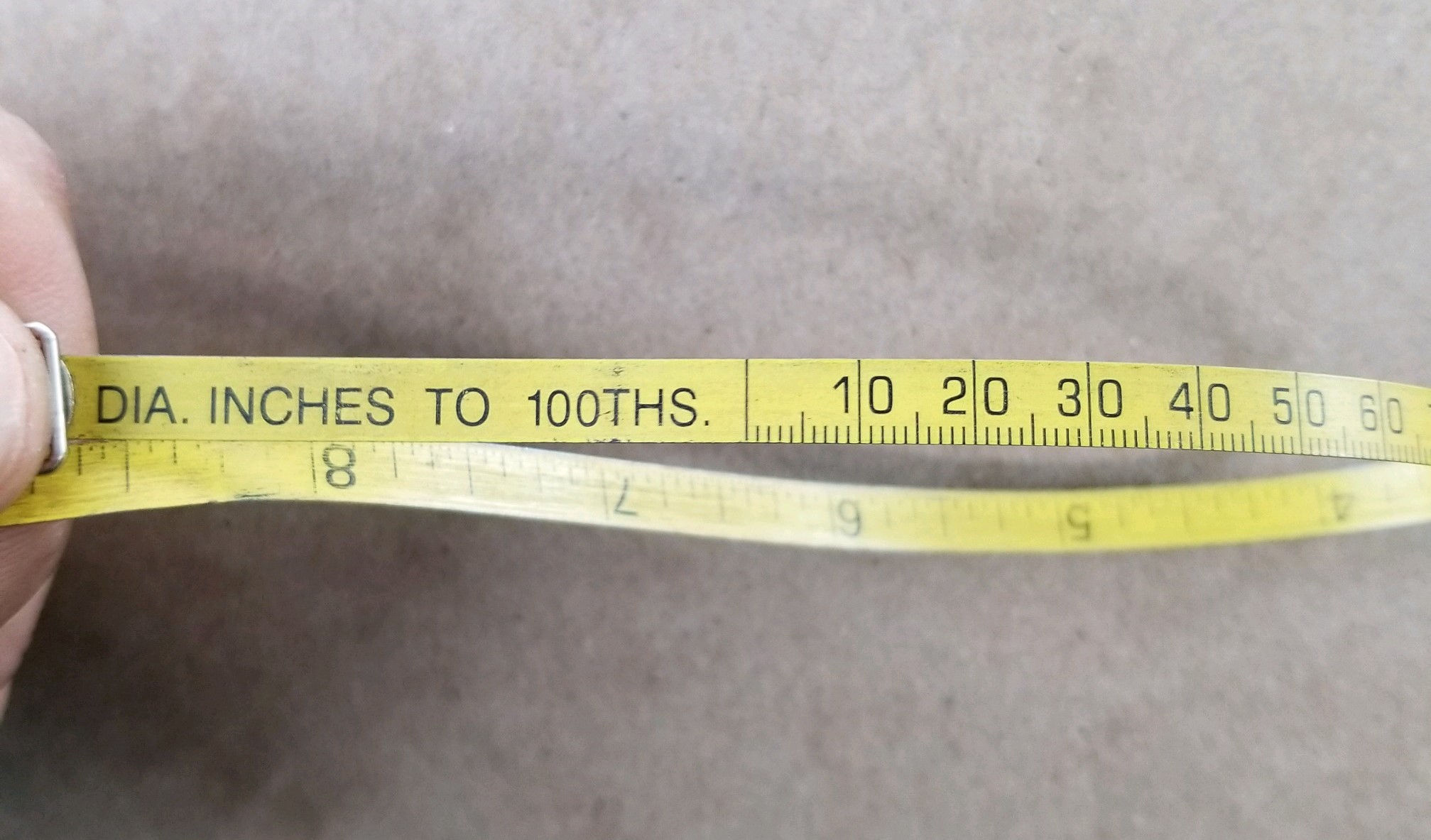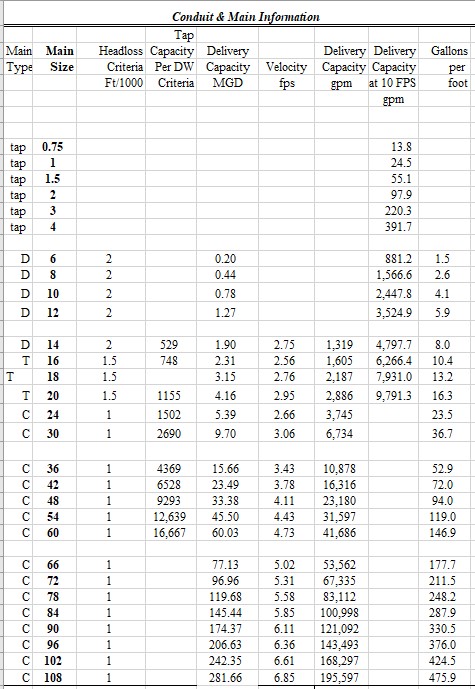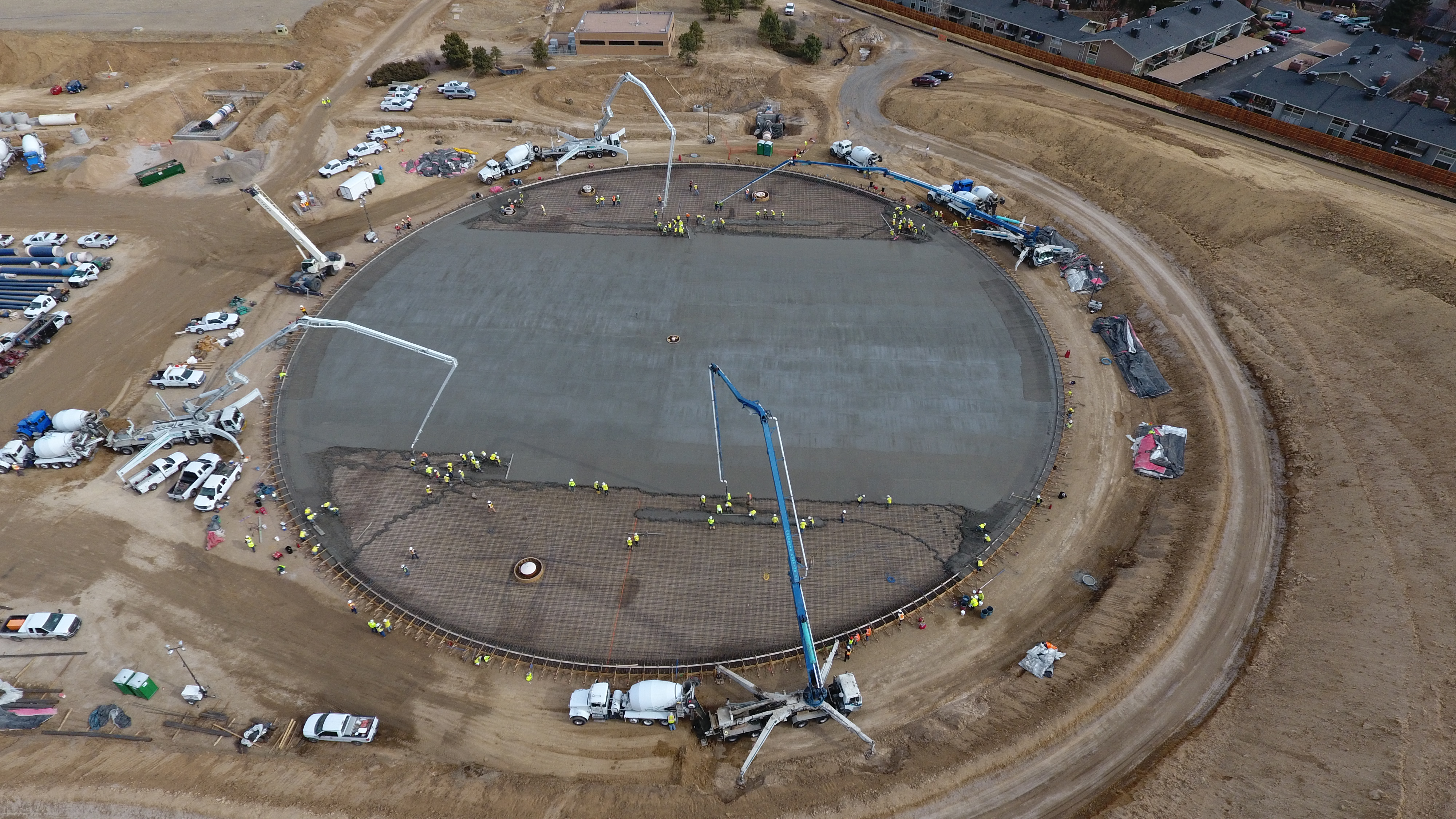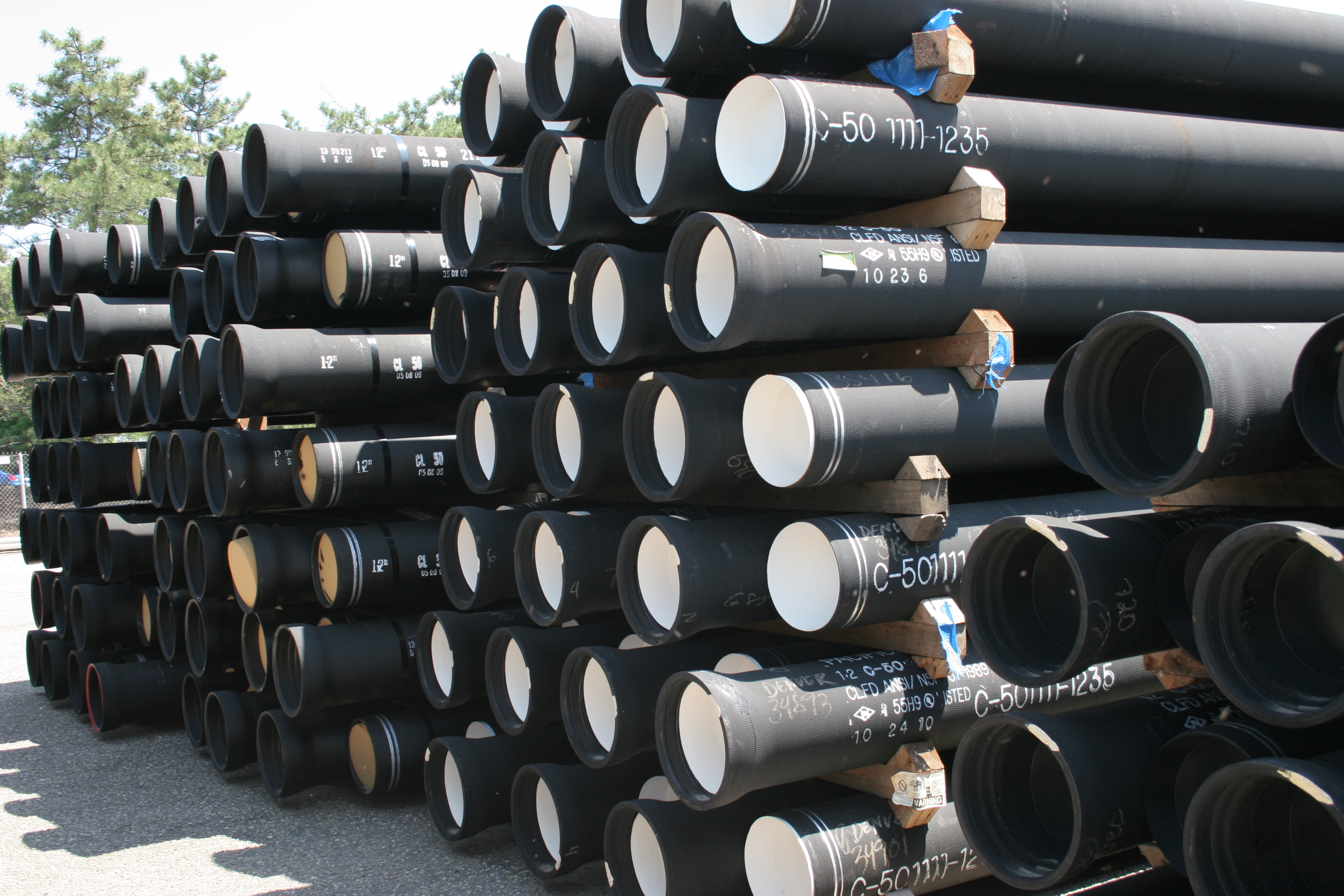
Pi Day! Yum. Yum. (And the math is awesome, too!)
If I had a nickel for every time I heard a high school classmate say, “I don’t understand why I have to study geometry, I’m never going to use that stuff in real life,” I’d be a wealthy woman today.
Especially when you consider how that nickel would have grown due to the compound interest accrued over the many years since my high school graduation.
But this not a story about exponential functions (like compound interest), this is a story about pi, that irrational, infinite number we celebrate every year on March 14, or Pi Day. That’s when the date, 3-14, looks like 3.14, the first three digits in math’s most famous number.
Pi is the ratio of the circumference of a circle to its diameter.
At Denver Water, pi is embedded in the work done every day to get water from the mountain streams to city taps, from figuring out the best size of the pipe needed to deliver water to designing a round storage tank.
As a Greek letter, pi looks like π. Using digits, it starts out like this: 3.14159.
But that’s the short version. Pi has been calculated to more than 1 trillion digits beyond the decimal point. As what’s called an irrational and transcendental number, it will continue infinitely without repetition or pattern.
So, in honor of the mighty Greek symbol π here are some examples of how pi is used at Denver Water.
Determining the area of a pipe
Denver Water uses pi to calculate the cross-sectional area of the pipes in its system.
A cross section is the shape you get when you cut straight through an object. So, the cross section of a round pipe is a circle. The formula to determine the area of a circle is A=πr².
Knowing the area of a pipe in our system is fundamental to determining how much water a pipe can deliver.
Determining the delivery capacity of a pipe
Pi is also used to calculate the delivery capacity of each pipe in our system, or how much water can pass through a pipe.
Denver Water follows engineering standards that set the maximum velocity — the speed at which water moves — for pipes based on diameter. This formula is also pi based: Q=AV=πr²V (V is velocity).
Additionally, Denver Water uses this calculation to estimate how much water is used during, which are done to eliminate stagnant water and maintain high water quality standards, and how much water has spilled if a pipe breaks.
Determining storage tank volume
Denver Water also uses pi to calculate the volume of the circular storage tanks in our distribution system.
The volume of a round storage tank is calculated by taking the area of the circle multiplied by the height of the tank. The equation for this is V=πr²h (V stands for volume and h stands for height). Storage tanks in Denver Water’s system range from 167.5 feet in diameter to 370 feet.
Whether you participate in Pi Day celebrations with pie baking contests or reciting digits of pi from memory, we hope you also raise a glass of water to the power of pi in our daily lives.
And maybe, while you’re at it, calculate the cross-sectional area and volume of the glass in your hand.
And to high school students everywhere, know that what you learn today is indeed useful in real life, particularly in exciting and fulfilling careers in water operations like Denver Water.





